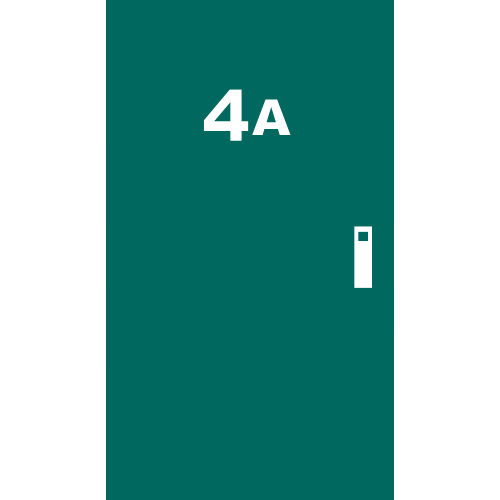A Letter from the CEO - 10 years of Loveland
By Sahana Murthy on August 6, 2019 · Announcements

Loveland Technologies CEO, Jerry Paffendorf, here.
2019 marks the 10-year anniversary of Loveland Technologies. We’ve evolved a great deal over time, but it’s all been one journey to bring the landgrid to you in different forms. I’m very happy to say that the team and the business are better than they’ve ever been, and we’re excited for our future.
This weekend I’m getting married to one of my co-founders. No, it’s not Larry, though there would be nothing wrong with that. He’s great. Fantastic even. But it’s Mary and I who have chosen to…marry. And Larry will be there.
Those of you who know us know this isn’t a sudden thing. She and I have basically been together since we started working together. Our relationship is one of the many things that keeps our company strong.

Last year she and I started splitting our time between Detroit and the Keweenaw Peninsula of Michigan’s Upper Peninsula, surrounded by Lake Superior. This is about as far away from Detroit as you can get while still being in the Mitten State, and about as far away from Detroit as New York City. 
We have a place in the historic copper mining community of Calumet, which for a time in the 1800s was the wealthiest and most populous area in Michigan. I’m loving learning about the geology and the history of the Copper Country in all its forms: immigration, labor, economy, weather, rocks, buildings, land use, wilderness, Lake Superior, pre-industrial indigenous copper trade, all of it.
Just as some natural resource or another led to the creation of all cities, it was the uniquely pure copper in the ground that originally brought investment capital from Boston and other cities to this place, and immigrants from across Europe to work dangerous jobs in the mines — which go down 6,000 feet in places — and to brave winters that can produce 30 feet of snow. Originally all of the land was owned by the mining companies who rented homes to their workers and built public amenities for them — some of which are truly marvelous — in a complicated relationship sometimes called “benevolent paternalism” that was more common closer to the founding of the country.
Today the mines are long closed, but the history remains visible to the naked eye, and gets richer the more you read and learn and study maps. In the vacuum left by the mining companies, the federal and state governments have stepped in to help preserve assets in the area — Calumet and parts of the Keweenaw are in a National Park. Conservationists have been acquiring land to preserve the natural beauty of the place and build trail systems, and people are chipping away at reviving the vacant historic buildings downtown.
One of the things that’s kept me happily occupied with our work for a decade is that the scope of applications for the landgrid and things to learn about the landgrid are endless. It covers everything, and how the land is subdivided, owned, taxed, and used is so fundamental to what makes places sick or healthy, beautiful or janky, attractive or overlooked. We can literally work anywhere and find something meaningful and important to do that can improve life, government, business, and land use in that place.
Over time I’ve come to understand that, while it isn’t the only thing, if you can’t know the landgrid then you can’t know a place, you can’t manage a place, and you’ll have a very hard time making good decisions for the future. You might even lose a place if you’re not paying attention to what’s happening on the landgrid. The story plays out differently in big cities and rural places, but it’s all theme and variation.
I share all this because I know that you care about the parts of the landgrid that apply to your life and work and interests and community, and I want to make it abundantly clear that we care, too.
We work very hard to provide you with tools and data to make understanding and working with the landgrid easier. Doing this feels less like a job and more like a calling to build something fundamental that feels like it’s missing from the world.
Over the years we’ve been able to be a part of so many projects with so many great partners, and we look forward to doing it for years to come while getting better all the time. As we continue, I ask that you please keep us as your trusted partners for all things parcel data, and if we haven’t worked together yet, please don’t be shy about letting us know how we can help. No matter what part of the country you’re in, if you need to understand the landgrid and life on the landgrid locally or nationally, we’re here for you with tools, data, experience, lessons from the past, and an eye for the future.
Look out for some big announcements from our team later this year, thank you for being a part of the journey so far, and contact us any time at team@landgrid.com.
Now if you’ll excuse me, I have to go work on a seating chart — basically just another landgrid in table form,
Jerry Paffendorf
CEO, Loveland Technologies

